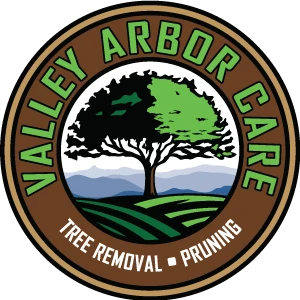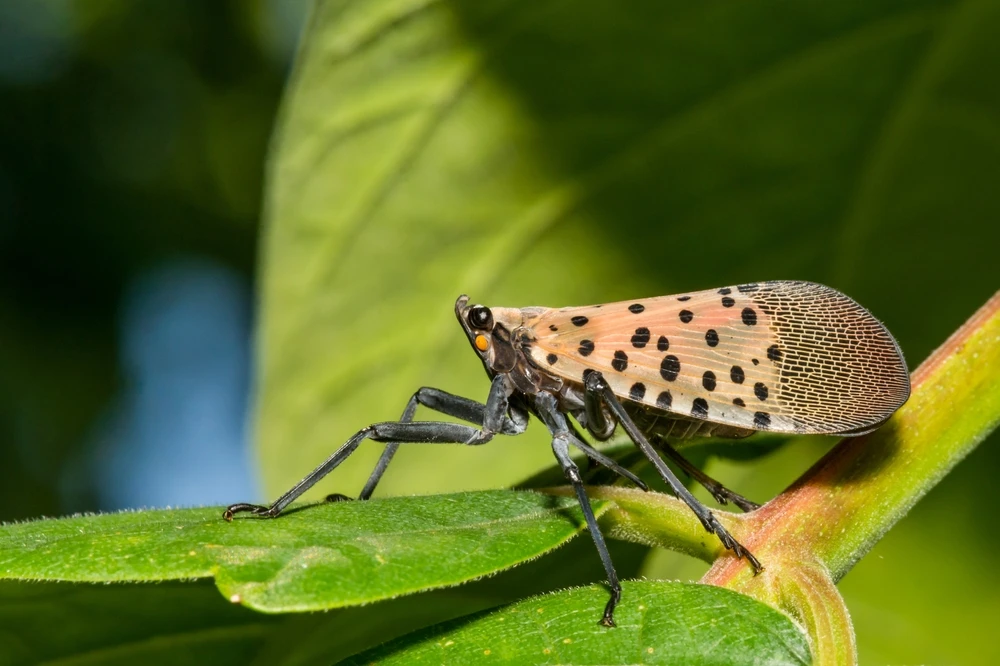Trees in Northern Virginia are a vital part of the landscape, providing shade, clean air, and habitat for local wildlife. However, they are also at risk from multiple pests and insects that can cause significant damage. From aphids and beetles to borers and spider mites, and the new threat of the Spotted Lanternfly, here is a closer look at the most common tree pests in the region, what to watch out for, and how to hire a tree pruning service if you suspect an infestation.
1. Aphids
Aphids are tiny, soft-bodied insects that feed on tree sap. They are usually found in clusters on the underside of leaves. They can often be identified by the sticky residue called “honeydew” they leave behind, which may attract ants or lead to sooty mold. Aphids weaken trees by depleting essential nutrients, stunting growth, and potentially transmitting diseases. Common trees impacted include maples, oaks, and birches.
2. Beetles
Beetles are another potential threat, with some species causing more harm than others. In Northern Virginia, Japanese beetles are particularly destructive. They attack the tree’s foliage and leave behind skeletonized leaves. Another threat is the bark beetle, which bores into tree bark and spreads fatal diseases like Dutch Elm Disease. If you notice tiny, round exit holes in your tree’s bark or sawdust-like insect droppings (insect waste), it could be a sign of a beetle infestation.
3. Borers
Borers, including the notorious Emerald Ash Borer, drill into tree wood to lay eggs. When the eggs hatch, the larvae tunnel through the wood, weakening and eventually killing the tree. Common signs of a borer infestation include thinning foliage, canopy dieback, and D-shaped exit holes in the bark. Once borers establish themselves, they are extremely difficult to manage, often requiring professionals to prevent spreading.
4. Worms
Various types of worms, including cankerworms and webworms, can wreak havoc on Northern Virginia trees. Cankerworms defoliate trees in spring, while fall webworms make large, unsightly webs over branches, defoliating foliage where the web was spun. Although webworms typically do not damage mature trees, a heavy infestation can weaken younger trees and leave them susceptible to other pests and diseases.
5. Moths
Moths, especially Gypsy moths, defoliate trees in large numbers. Gypsy moth caterpillars feed on oak, maple, and birch leaves, among others, and a severe infestation can leave a tree entirely defoliated. This weakens the tree, leaving it more susceptible to other pests and environmental stressors.
6. Spotted Lanternfly
Spotted Lanternfly is a newly invasive species in Northern Virginia that poses a serious threat to local trees and plants. A wide variety of plants are affected by these insects, most notably the Tree of Heaven but also oaks, maples, and fruit trees. The lanternfly excretes honeydew, leading to sooty mold growth that damages plants. Signs of a Spotted Lanternfly infestation include sap oozing from tree bark, the presence of honeydew, and clusters of insects themselves. Quick action is essential to prevent these pests from spreading and devastating the landscape.
What to Do If You Suspect a Tree Pest or Insect Infestation
If you notice signs of pest activity in your trees, such as wilting leaves, abnormal leaf coloring, exit holes, or excessive leaf drops, it’s essential to act quickly. Some pests, like borers and spider mites, require professional treatment to avoid spreading to neighboring trees. Start by inspecting the tree thoroughly, noting any unusual signs, and consider calling a professional to assess the extent of the infestation.
Arborists can provide various treatment options, including organic pesticides and preventative care. Regular inspections, tree maintenance, and prompt treatment are all crucial to maintaining your trees’ health.
Protect Your Trees Today – Contact Valley Arbor Care for Tree Pruning Service!
Northern Virginia’s trees are a precious resource that deserve expert care and protection. At Valley Arbor Care, we understand the unique challenges our local trees face and have developed comprehensive solutions to combat these destructive pests. Our professional arborists bring years of experience in diagnosing, treating, and preventing pest infestations, ensuring your trees remain healthy and vibrant for years to come.
Don’t wait until pest damage becomes severe – early intervention with tree pruning service is key to protecting your valuable trees and maintaining your property’s beauty. Contact Valley Arbor Care today for a professional consultation and let our expert team develop a customized protection plan for your trees. Visit our website to schedule your tree health assessment and tree pruning service.


Add Comment